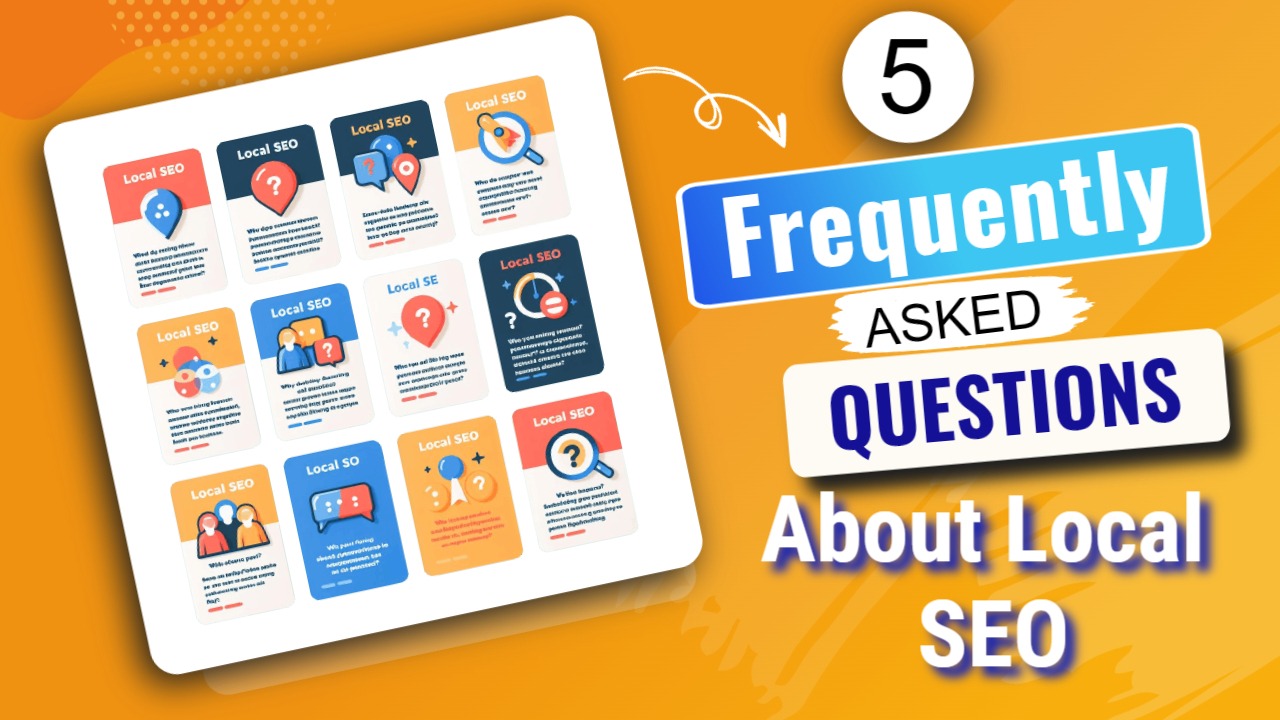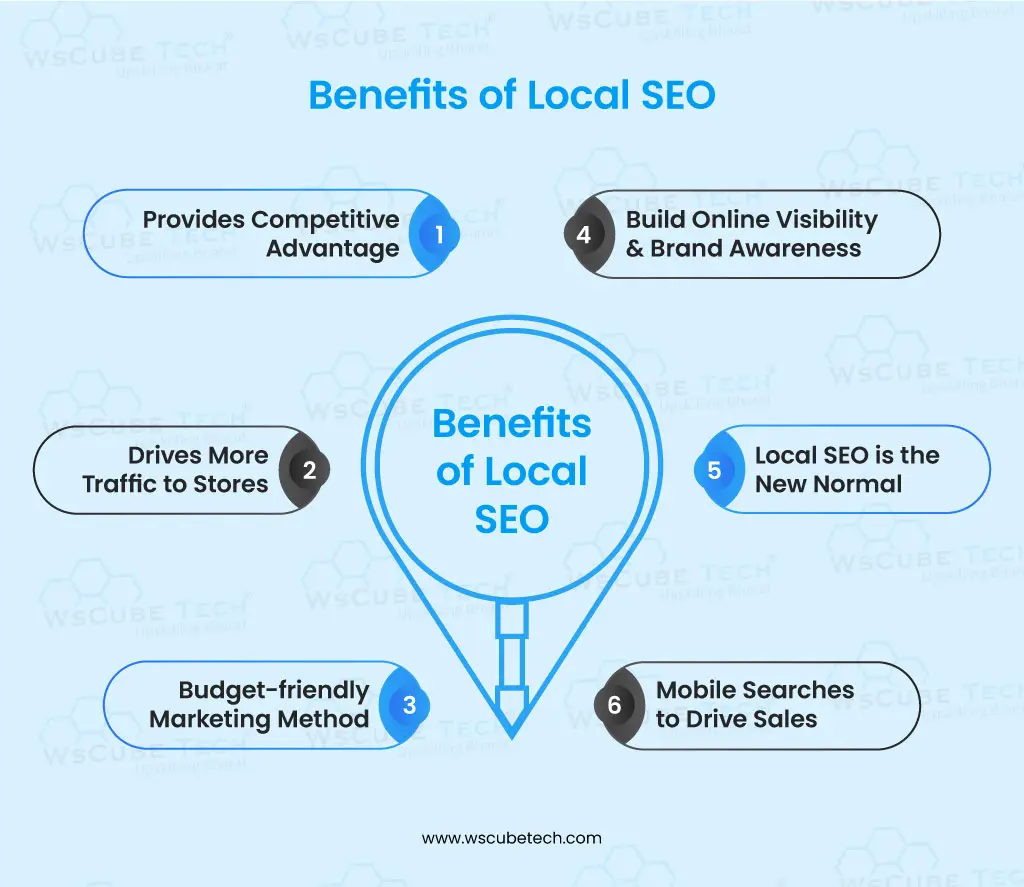Unlock your potential online with a trusted SEO agency near you
Unlock your potential online with a trusted SEO agency near you
Blog Article
Exactly How Reliable Web Style Can Improve Your SEO Strategy and Improve Customer Experience
The intersection of effective internet style and search engine optimization is a crucial location for any company looking for to enhance its online visibility. An intuitive layout not only elevates user experience but likewise substantially influences SEO performance by minimizing bounce prices and boosting engagement metrics.
Value of Internet Layout for SEO
Effective web design is often undervalued in its effect on search engine optimization (SEO) A well-structured site not only enhances individual experience but likewise plays an essential duty in how online search engine rate web pages. Browse engines like Google prefer web sites that exhibit clear navigating, quickly loading times, and mobile responsiveness. These factors add to decrease bounce rates and greater user involvement, which are vital metrics for search engine optimization success.
Furthermore, website design aspects such as tidy code, enhanced photos, and correct use HTML tags significantly influence a site's crawlability. Online search engine depend on organized data to recognize web site material and context, making it important for web designers to apply ideal methods. In addition, the integration of search engine optimization techniques within the design stage, such as consisting of key phrases in titles, meta summaries, and alt message for images, can boost presence in search engine result.
Eventually, prioritizing reliable website design not just ensures a smooth user experience yet also develops a solid structure for SEO efforts, causing raised organic website traffic and improved positions. Thus, organizations should recognize the innate link between web style and search engine optimization to accomplish online success.
Secret Layout Aspects for Individual Experience
Individual experience (UX) functions as a foundation for successful website design, influencing just how visitors communicate with a website and view its value. To optimize UX, several key style aspects must be focused on.
First of all, intuitive navigation is important; a well-structured food selection and clear pathways allow users to discover information rapidly, minimizing disappointment. Visual pecking order plays a crucial function, assisting customers' attention to important components through placement, size, and color. This promotes quicker decision-making and boosts total interaction.
Additionally, a consistent style style enhances experience and trust, as individuals really feel much more comfortable navigating a website that aesthetically straightens throughout its web pages. Effective use white space also can not be overlooked; it stops clutter, enabling vital content to attract attention and making the site much more absorbable.
Additionally, premium pictures and graphics are crucial, as they not just record interest yet additionally share professionalism. Finally, fast tons times are non-negotiable; delays can cause higher bounce prices and decreased customer complete satisfaction. By concentrating on these key design aspects, businesses can considerably improve their individual experience, cultivating positive communications that urge return visits and conversions.
Mobile Responsiveness and SEO Impact
As website design progressively focuses on user experience, the relevance of mobile responsiveness can not be overemphasized. With a substantial section of web traffic originating from mobile tools, a receptive style makes certain that web sites are accessible and functional throughout different display dimensions. This flexibility not only boosts user contentment but also plays a vital function in search engine optimization (SEARCH ENGINE OPTIMIZATION)

Integrating mobile responsiveness into internet layout likewise promotes improved filling times, which is a key consider both individual experience and SEO positions. Slow-loading pages prevent individuals, bring about greater desertion prices and negatively impacting search presence. Ultimately, focusing on mobile responsiveness not only enhances customer involvement but likewise strengthens a site's SEO method, producing a more competitive on the internet visibility.
Website Structure and Navigation Best Practices
A well-organized site have a peek at these guys structure and instinctive navigating are important parts of effective web layout. They not just improve individual experience yet also play a critical function in search engine optimization (SEO) A clear hierarchy permits individuals and internet search engine to recognize the partnerships in between different web pages, improving the general use of the website.
To accomplish optimum site framework, carry out a logical power structure that categorizes content right into major subjects and subtopics. Usage detailed and keyword-rich URLs, as they give context and boost search visibility. Additionally, guarantee that crucial web pages are easily available within three clicks from the homepage. This reduces bounce rates and keeps users engaged.

Measuring the Success of Internet Layout
Determining the success of website design entails reviewing numerous metrics that show individual engagement and total website performance. Key performance indications (KPIs) such as bounce rate, typical session period, and web pages per session supply understanding into exactly how individuals engage with the website. A high bounce price might indicate that users are not finding the content relevant or interesting, triggering a requirement for design or content alterations.
Furthermore, conversion rates are important for analyzing the efficiency of website design. A boost in conversions, whether with kind submissions, item purchases, or e-newsletter sign-ups, frequently correlates with intuitive design and user-centered capabilities. Tools like Google Analytics can give detailed records on these metrics, making it possible for developers to identify patterns and areas for enhancement.
User feedback is one more crucial component. Employing surveys and functionality screening can unveil qualitative understandings into user experiences, leading layout modifications that foster complete go to the website satisfaction. Ultimately, a mix of quantitative information and qualitative comments establishes a thorough image of internet style success, guaranteeing that it straightens with both search engine optimization objectives and customer expectations. By continually determining these factors, services can refine their website design techniques to enhance user experience and drive significant engagement.
Final Thought

As internet design significantly prioritizes customer experience, the significance of mobile responsiveness can not be overemphasized.Incorporating mobile responsiveness right into web style additionally fosters enhanced packing times, which is a key element in both customer experience and Search engine optimization rankings. Inevitably, a combination of quantitative information and qualitative feedback develops an extensive image of web style success, ensuring that it aligns with both SEO goals and individual expectations. By regularly determining these aspects, services can fine-tune their internet style techniques to enhance individual experience and drive significant interaction.
In final thought, effective web design substantially improves SEO techniques and user experience.
Report this page